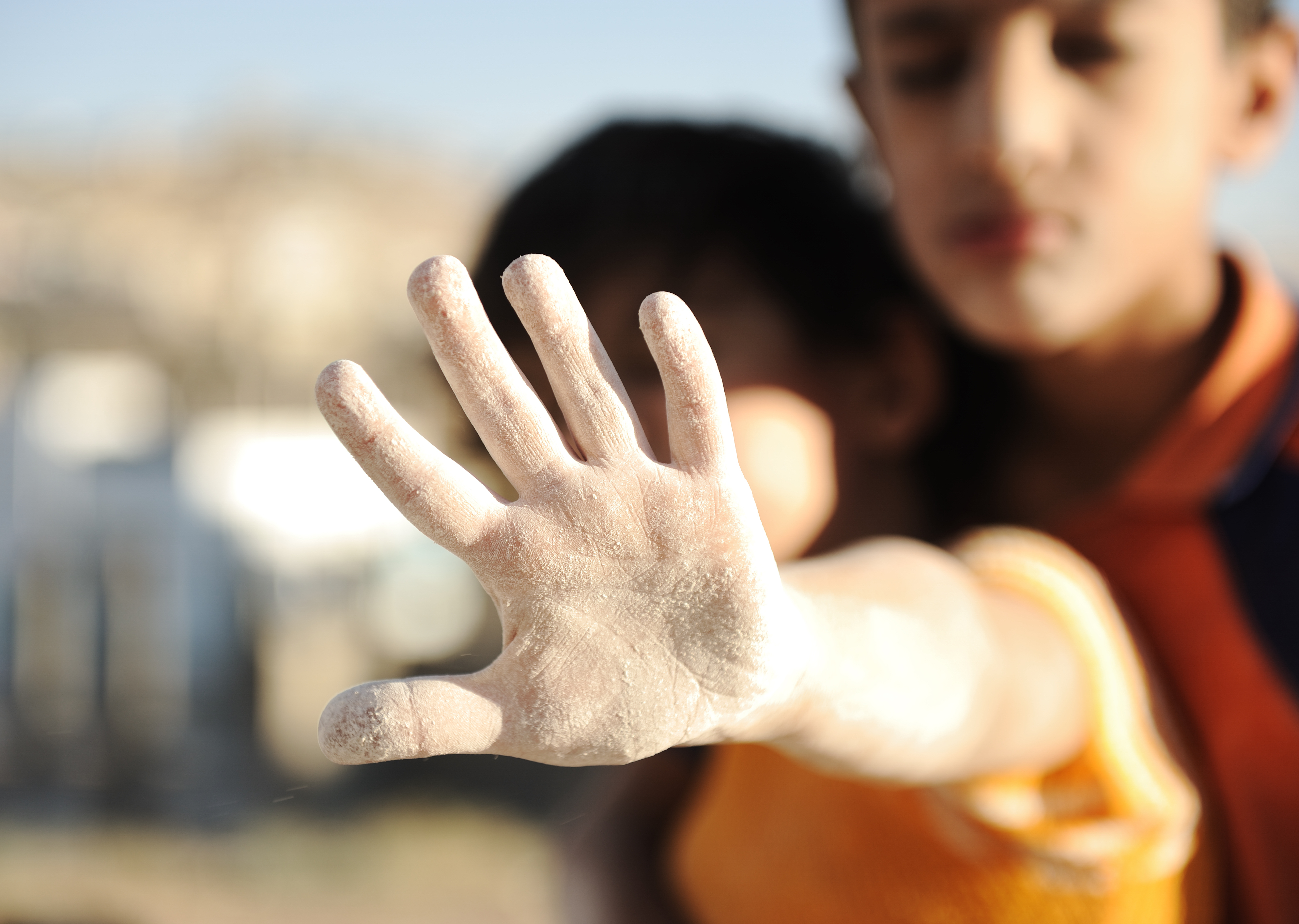
-
Oct31Thu
Can We Use Restraints?
What do we do if parents/guardians request compression hugs or restraints for their loved ones? October 31, 2019 This article was originally printed in the spring/winter issue of PROTECT.
This article was originally printed in the spring/winter issue of PROTECT.
Physical restraints have long posed an ethical dilemma in mental health services in North America. On one hand, they help prevent self-injury or harm to others. On the other, they can increase agitation, confusion, and distrust due to their coercive nature. What are child/youth/vulnerable adult serving organizations supposed to do if parents/guardians request compression hugs or restraints for their loved one?
Most professionals agree that restraints should be used as a last resort. But, no matter the methods for preventing and reducing the occurrence of physical restraints, sometimes they are necessary.
“If the risk of doing the restraint outweighs the risk of not doing it, then you should do it,” said Cathy Price, program coordinator at Variety Village, an organization that works with young people with disabilities. The rule of thumb is if the participant poses immediate danger to themselves or others, an intervention may be required.
However, these interventions should only be performed by those who have Crisis Prevention Institute (CPI) Training, an international instruction program that specializes in “management of disruptive and assaultive behaviour.” The individual needs to have a behaviour plan in place as prescribed by a psychologist or behaviour therapist and the organization should have a policy in place for reporting that the restraint was used, the outcome, and the followup as discussed with the parent/caregiver after each incident.
Prevention is Key
Price suggests doing everything possible to prevent these situations from arising in the first place. This may involve training staff to recognize triggers in the environment. The goal here is to be proactive instead of reactive.
“You really want to use all of the behaviour management techniques to de-escalate,” she said. It’s important to recognize an individual’s anxiety levels and work toward reducing them. This approach can help prevent potentially dangerous situations from occurring.
Price said that it’s important to remember that individuals react like this because they are trying to tell us something.“If we can figure out what they are trying to communicate, then we can recognize how we can help,” she said. Sometimes, this can be as simple as giving them more space or changing up something in the environment, like a staff member, another participant, or a visual.
Defining Restraints
The Government of Ontario defines “intrusive behaviour intervention” as “a procedure or action taken on a person in order to address the person with a development disability’s challenging behaviour, when the person is at risk of harming themselves or others or causing property damage.”
One type of intervention is the use of a physical or mechanical restraint in order to restrict movement, such as a helmet, chest strap, or lap tray, among others. Interventions can also include isolation or confinement in a secure space, and chemical restraint, which involves prescribed medication to calm the person or alter behaviour.
Restraints are employed only as a means of preventing violent, self-destructive behaviour in order to keep both the individual in question and everyone around them safe.
Caring for Individuals
Ensuring a high standard of care to participants is an important part of running a safe, effective program. This means training staff and volunteers to respond to emergencies and implementing a policy that outlines when, how, and by whom restraints can be used.
“Generally, if it is a church-type setting, they absolutely shouldn’t be introducing any sort of restraint,” said Sarah Chaudhery, disabilities coordinator at Plan to Protect®. Individuals at risk of this kind of behaviour should be accompanied to programming – whether it be camp, afterschool program, Sunday school – by a caregiver or professional trained in restraints.
With this challenge in mind, Chaudhary created the Plan to Protect® webinar, available on the Plan to Protect® website, Interacting with Parents and Caregivers to help staff and volunteers in any setting understand how to best support and care for children with special needs. - PP
Want PROTECT delivered bi-annually to your door? SUBSCRIBE TODAY.



Leave a Comment